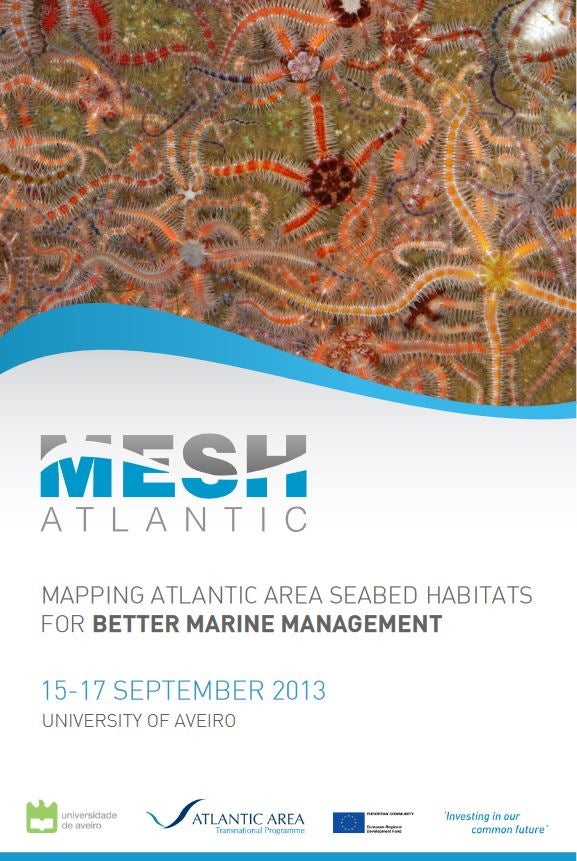Report | September 15, 2013
Mapping of different benthic habitat components in the Basque continental shelf (NE Bay of Biscay) and its application within the MSFD
Abstract
To properly apply European directives (mainly Habitat and Marine Strategy) Member States and the European Commission require information about the marine environment, of which seabed habitats are an integral part. Within this context, in 2005, a seafloor mapping programme, funded by the Basque government, commenced with the aim of seafloor characterisation and benthic habitat mapping of the Basque continental shelf. After this, in 2010 the MeshAtlantic project was launched, including a case study for the Basque continental shelf. The objectives of this case study were (i) to characterize those habitats with little information (i.e. rocky habitats), (ii) to improve the EUNIS habitat classification, suggesting adaptations to fit with the characteristics of this region, (iii) to propose new habitats of ecological importance to be included in the EUNIS classification, and (iv) to contribute to a broad-scale habitat map for the Atlantic area. Seafloor mapping was based on multibeam echosounder (MBES) (operating up to 200 m water depth). A total of 2,523 grab samples, were collated for ground-truthing and sediment characterisation. Biological benthic data included 461 grabs from soft-bottom, 50 samples from rocky seafloor taken by divers, 83 underwater image recordings at circalittoral zone (survey date 2010 and 2011 and 9 km of ROV track records (survey date 2012). The approach used in this investigation is based on a mixed top-down and bottom-up approach. High resolution information recorded with remote sensing techniques was used for the preliminary physiographic or seascapes classification. Then, sedimentological and wave energy on the seafloor was integrated, which resulted in the level 3 (rock substratum) and level 4 (sedimentary substratum) of EUNIS abiotic habitat map. The assessment of rocky seafloor habitat characterisation was carried out by the interpretation of underwater images and video analysis by an expert benthologist. Information on physical characteristics and species lists were extracted and linked to geographical location of the images. On the other hand, the assessment of soft-bottom benthos was based upon a statical analysis within PRIMER. It was carried out to relate the sedimentological and oceanographic conditions to species distribution. The aforementioned information was then used for habitat classification and mapping by environmental information layer combination in a GIS environment. The habitat classification was based on EUNIS, but it was adapted to the specific characteristics of the Basque continental shelf habitats. Apart from this, the Habitats of Community Interest according to Natura2000 were identified and habitats of interest in the Basque area were finally identified and mapped. A total of 39 habitat classes were identified: 4 of them were classified as littoral, 29 as infralittoral (from which 11 were of rocky substratum and 12 sedimentary substratum), 2 were coastal habitats, 3 artificial habitats and 1 habitat class was used for estuaries (complex habitats).


